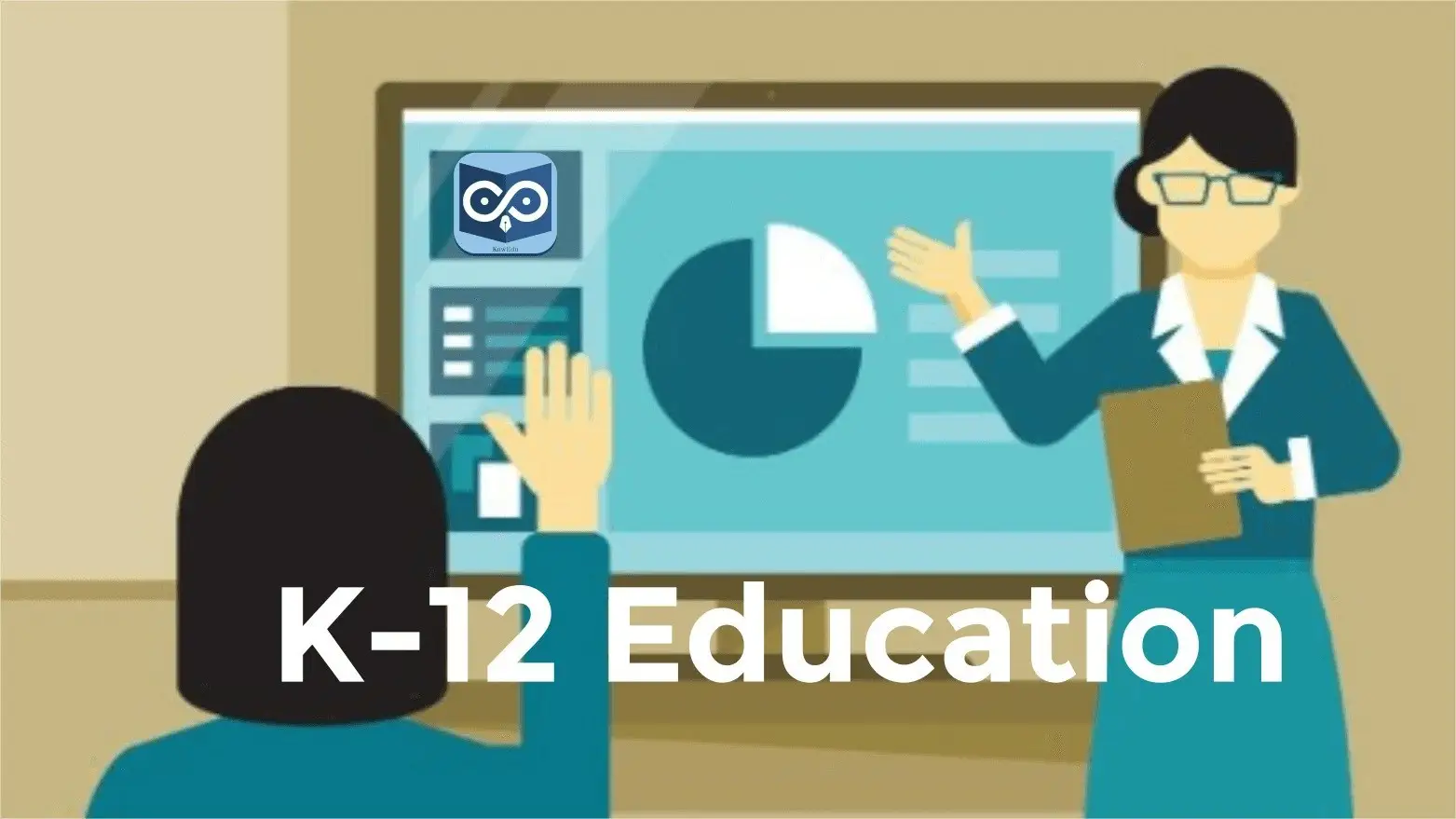Introduction
K-12 education, often referred to as primary and secondary education, represents the foundational years of a student’s academic journey. It is the period when young minds are molded, and the roots of knowledge are firmly established. In this article, we delve into the significance, structure, and challenges of K-12 education.
The Significance of K-12 Education
- Building Strong Foundations: K-12 education lays the groundwork for a lifetime of learning. It equips students with essential skills in reading, writing, mathematics, and critical thinking. These skills are crucial for future academic and professional success.
- Holistic Development: Beyond academics, K-12 education focuses on the holistic development of students. It encourages the cultivation of social, emotional, and physical skills, helping students become well-rounded individuals.
- Preparation for Higher Education: Successful completion of K-12 education is often a prerequisite for pursuing higher education opportunities. It provides students with the knowledge and skills needed to excel in college or vocational training.
The Structure of K-12 Education
K-12 education is typically divided into three main segments:
- Elementary School (K-5): This stage focuses on building fundamental skills in subjects like mathematics, language arts, and science. It also fosters social development through group activities and collaborative learning.
- Middle School (6-8): Middle school bridges the gap between elementary and high school. Students delve deeper into subject areas and begin to explore their interests. It’s a time of self-discovery and academic growth.
- High School (9-12): High school is the culmination of K-12 education. Here, students have the opportunity to select elective courses, join clubs, and participate in extracurricular activities. It prepares them for graduation and life beyond.
Challenges in K-12 Education
While K-12 education is crucial, it also faces several challenges:
- Educational Inequities: Disparities in funding and resources can lead to unequal educational opportunities. Students in underfunded schools may lack access to quality teachers, modern facilities, and educational technologies.
- Standardized Testing: The emphasis on standardized testing can sometimes narrow the curriculum, focusing primarily on test preparation. This approach may not cater to the diverse needs and interests of students.
- Teacher Retention: High teacher turnover rates can disrupt the continuity of education. Attracting and retaining qualified educators is an ongoing challenge.
Conclusion
K-12 education serves as the foundation upon which a lifetime of learning is built. It plays a pivotal role in shaping young minds, fostering skills, and preparing students for future success. While it faces challenges, it remains a cornerstone of our educational system, with the potential to unlock opportunities and transform lives.




